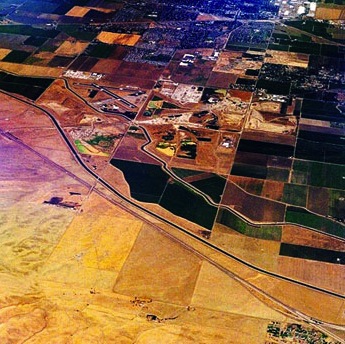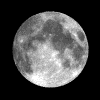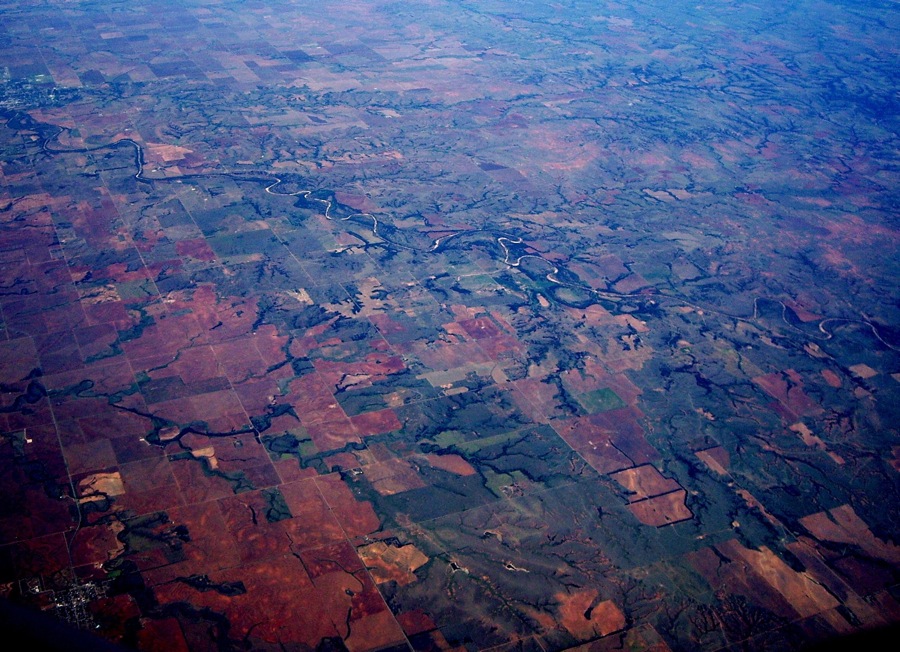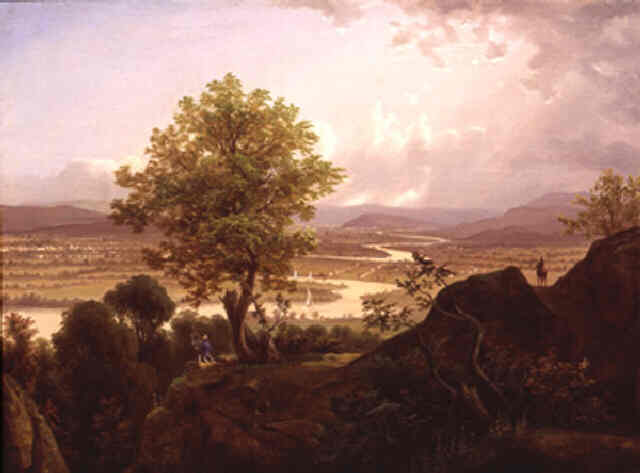
"Defenders of the short-sighted men who in their greed and selfishness will, if permitted, rob our country of half its charm by their reckless extermination of all useful and beautiful wild things sometimes seek to champion them by saying the 'the game belongs to the people."
President Theodore Roosevelt, (1901-1909)
American Frontier conflicts at the crossroads of discontent
i. Mary Austin's importance
1903, Watersheds are the sources of water for reclamation
1900, over one-third of the nation was urban. (pre-automotive age), arable loss
1890, Closing of the frontier as a solid line of demarcation between settled and vacant land, census data.
Two nations? or more?
1836, Emerson on land is not landscape
1850s Marsh on the fisheries of Vermont
1854, Charles Ellet's Mississippi River report on restoring the watershed
1864, Man and Nature, calls for geographical regenerationA. recurrent cycles of land abuse, decay and civilization's collapse
B. restoration of disturbed harmonies

California aqueduct in the San Joaquin Valley.
iii. The organic revolt
failures of the homestead act (1862) and a "laissez faire" approach to land-use
John Wesley Powell and his legacy of a realistic appraisal of the frontier's potential
Henry George, Progress and Poverty, land and the single-tax movement
Powell's Plan for the Arid Regions, and reclamation
"it is also vandalism wantonly to destroy or to permit the destruction of what is beautiful in nature, whether it be a cliff, a forest, or a species of mammal or bird. Here in the United States we turn our rivers and streams into sewers and dumping-grounds, we pollute the air, we destroy forests, and exterminate fishes, birds and mammals -- not to speak of vulgarizing charming landscapes with hideous advertisements. But at last it looks as if our people were awakening."
Theodore Roosevelt, (10-27 1858 – 1-6 1919).
iv Comprehensive Riverine Management
Binding of the public trust and the public domain together as land realism
Peshtigo, Wisconsin, Oct. 8, 1871: The worst forest fire disaster in America: 2,400 dead
Powell's irrigation survey & the droughts of 1886-1890.
The Johnstown Flood, May 31,1889, 2,209 dead; dam collapse. N.Y. Times
George P. Marsh had argued the Connecticut River was a multi-state source of wealth and Frederick Church displays the essential weaving of water into the land defining its coherence.
v These conflicts revolutionized policy forming Conservation
"Water is a commodity not by any means to be found everywhere...When found, it is more than likely to be bad, being either from a bitter alkaline pool, or from a hole in a creek, so muddy that it can only be called liquid by courtesy."
Theodore Roosevelt
Owen's valley and the eclipse of Land Realism for metropolitan civic renewal
Hetch-Hetch Valley dam in a national park and the power of reclamation
Pinchot-Ballinger controversy over access to minerals on Alaskan public lands
The teapot-dome "Oil drilling Scandal" in four western states on public reserves
"There can be no greater issue than that of conservation in this country."
T. Roosevelt, Confession of Faith Speech, Progressive National Convention, Chicago, IL, August 6, 1912
National conservation policies today are the product of an unresolved conflict whose tensions are manifest in the scarcity of water and timber needs to meet the rising demands of a country that today imports food and fuel to meet an ever growing political desire to replace the frontier with a set of multiple use policies for use of the public domain.
- Six times the annual flow of the Colorado River is used and stored in the river basin.
- Water is cheap in the west and we use it for grazing cattle.
- Hamburgers may drive conservation policies to a greater extent than do hunters and fishers.
Critical links to the past and current criticisms of conservation.
What happened before this to motivate conservation?
The importance of natural history to inform conservation.
One | Two | Three | Four | Five| Six
Reisner & definitions | Reisner: Colorado River & federal agencies | Reisner's critique in depth



